In several markets like jewelry, fashion, fragrance, and makeup we see two opposing forces – minimalism vs. maximalism – interacting and facilitating a new consumer practice trend: minimalist maximalism. In this blog, we will introduce the trend and show how the trend manifests itself across different categories.
Jewelry

Then again, we can also see minimalist currents in the category as revealed in the emergence of ‘dainty jewelry,’ which is especially popular among Millennials. Dainty jewelry – also called ‘barely there jewelry’ – is preferred for its feminine, sleek, and polished look, as well as its affordability. Minimalist jewelry trends perfectly align with the wants and desires of the mid-segment, made up of consumers who want cheaper but trendy jewelry options that they do not want to keep for a lifetime. Dainty jewelry has simple designs and uses semi-precious stones and, thus, does not require much production skill. Several jewelry designers or hobby-designers easily design, manufacture, and sell these pieces on eBay, Shopify, and Instagram. Many of the direct-to-consumer (DTC) brands in this category rely heavily on female empowerment messaging as part of their brand storytelling to facilitate self-gifting.
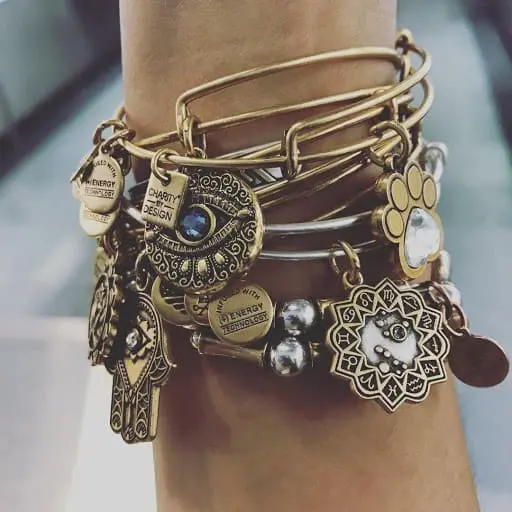
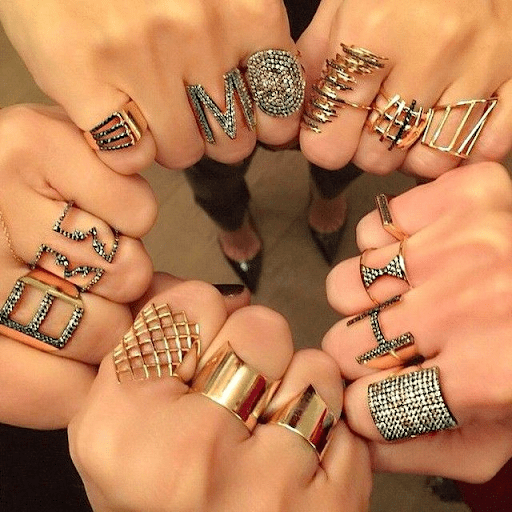
While in many instances, the abundant use demands that these pieces be more reasonably priced, the trend is also bleeding into high-end jewelry and shaping the consumption of wedding bands and engagement rings. Consumers try to create the “perfect stack” with their engagement and wedding rings by choosing rings with varying sizes and shapes and mixing different metals and stones.
Fragrance
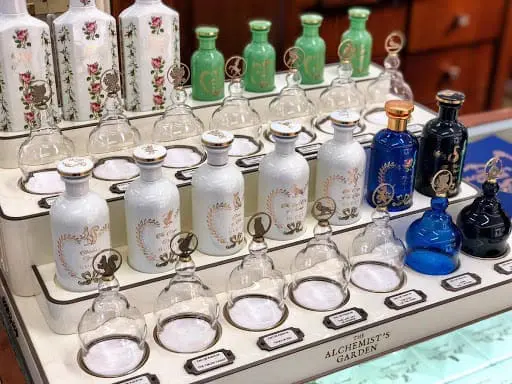
Makeup and skincare
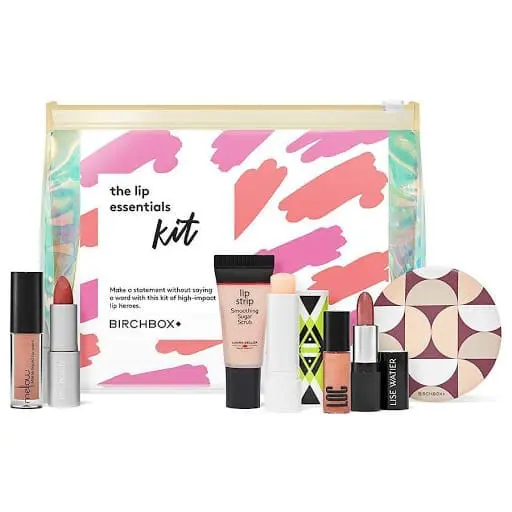
Fashion
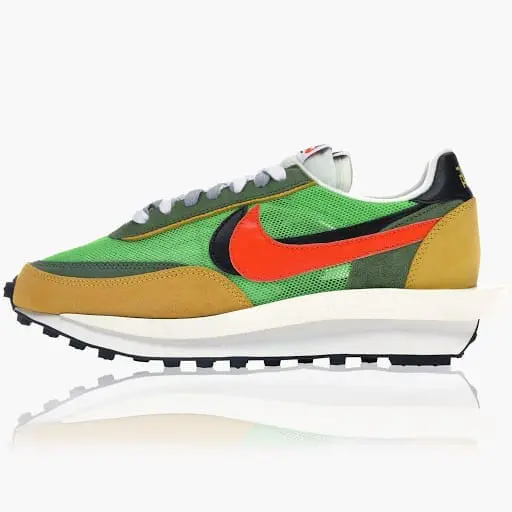
In fashion, in particular, the minimalist maximalism trend has been facilitated and shaped by hip-hop and black crowd-cultures. Historically, “cultural innovation and cultural influence flowed from the margins of society – from fringe groups, social movements, and artistic circles that challenged the norms and conventions” (Holt, HBR, 2016). Along these lines, hip-hop culture has been the fertile cultural field that has shaped and impacted mainstream fashion, jewelry, beauty, and lifestyle for the last couple of decades. The layered Cuban gold chains – in bulky, bold, or dainty formats – bleed to the mainstream and facilitate and build the foundation for the minimalist maximalism trend.
Why is it important?

Performance of the stack: When looking at the consumption of dainty jewelry, the number of consumers that buy in the category might not accurately reflect the performance of the category. The number of pieces purchased and re-purchased should also be considered.
Play with the stack: This trend perpetuates engagement and allows consumers to play and personalize. Using products as a way to communicate identity makes them more attractive to consumers, not only as an accessory but also as a storytelling medium.
In the Consumer Culture Series, Dr. Behice Ece Ilhan serves as strategist, scholar, sherpa and storyteller, answering the questions that bring a novel perspective to consumers, culture, brands, and markets. With an illustrious career that spans consumer culture, strategic brand storytelling, global brand consulting, and entrepreneurial marketing, and an academic background that’s too long to get into (includes a BSc in Mechanical Engineering; MSc in Consumer Culture Theory and Qualitative Methods; and a PhD in Marketing), she is well-equipped to provide the forward-thinking cultural insights that are not yet on the radar.
Interested in learning more about Behice and Mintel’s brand strategy capabilities? We’d love to hear from you.
































